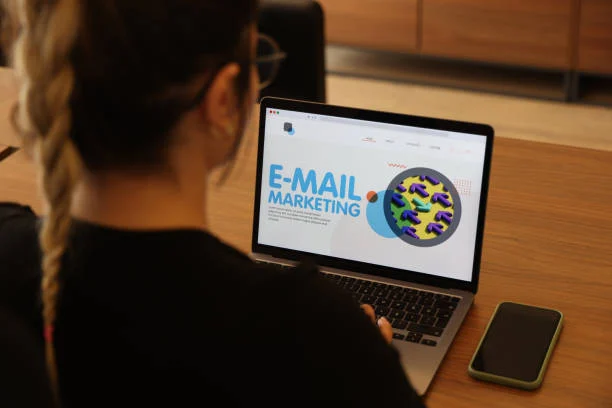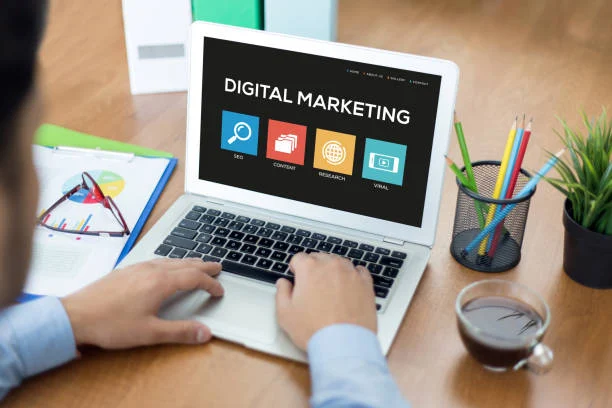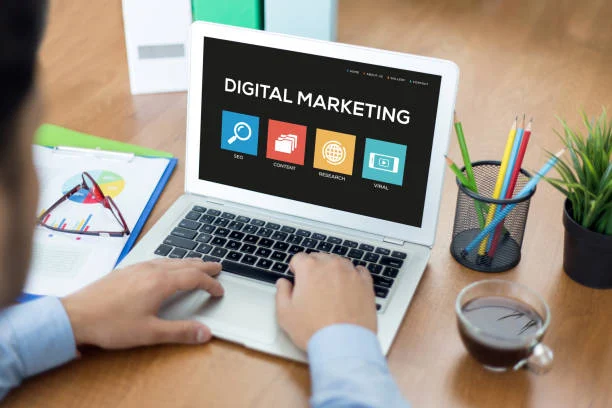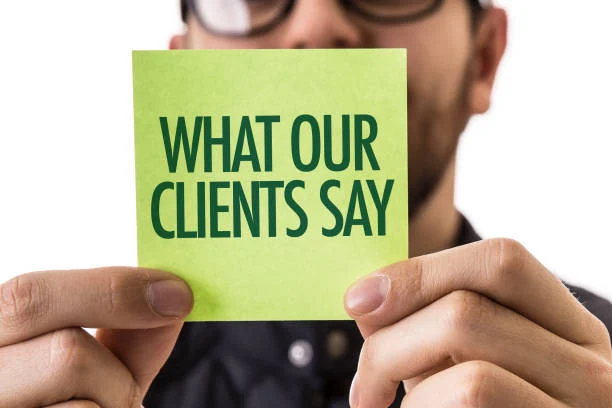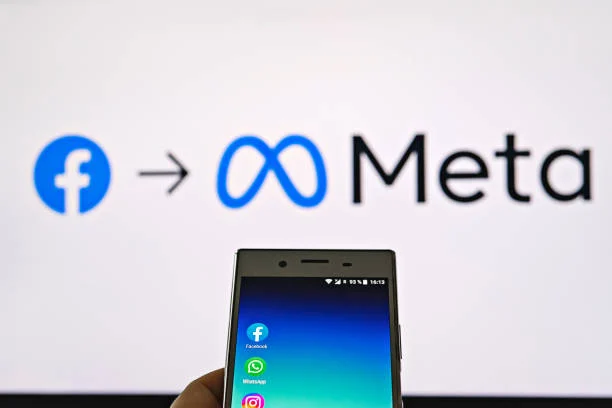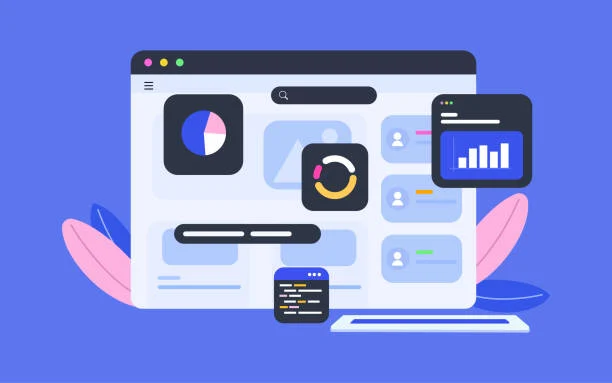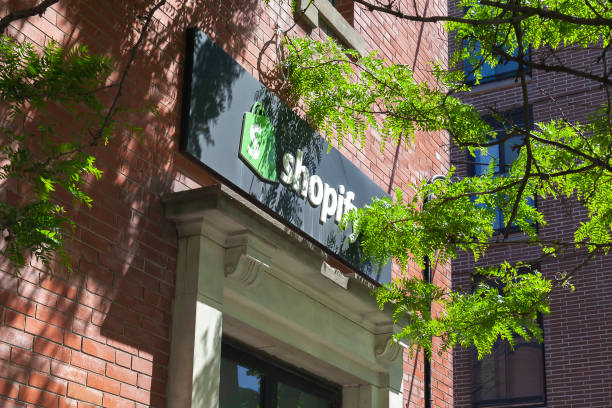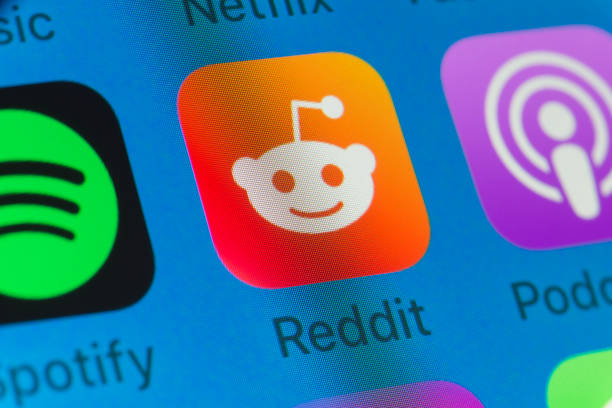Businesses today, particularly contractors and small businesses in Calgary, need to leverage the potential of online marketing to succeed. Effective email marketing solutions, SEO services, and content creation strategies can greatly improve visibility and lead to conversions.
Email Marketing Solutions for Contractors
For contractors, email marketing continues to be an effective means to engage clients and win projects. Tools such as Cakemail provide customized solutions, offering:
- Ease: Simple interfaces with pre-designed templates.
- Reliability: Guaranteed placement of emails in inboxes, not spam folders.
Using such tools, contractors can have regular communication, market services, and build client relationships.
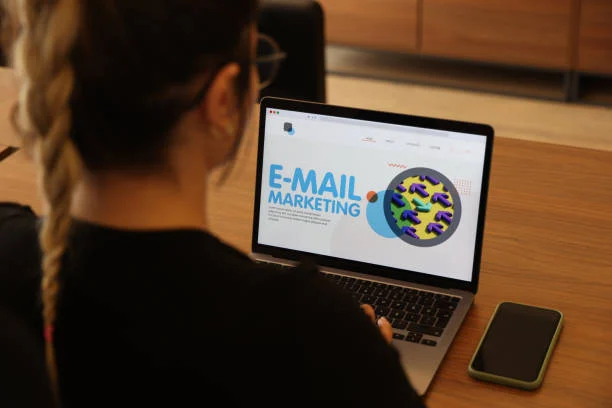
SEO Services for Businesses in Calgary
Local Calgary businesses can gain a lot from specialized SEO services. Companies such as MacRAE’S specialize in:
- Targeted Audience Reach: Knowing local search habits to reach the right audience.
- Tailored Strategies: Developing SEO strategies from extensive market analysis.
- Comprehensive Services: Technical audits to content optimization.
These localized SEO initiatives help businesses rank high in search results, which bring in more qualified leads.
Blog Writing Services for SEO
Regular, quality blog posts are essential for SEO success. Professional blog writing services concentrate on:
- Keyword Optimization: Incorporating the right terms to increase search rankings.
- Engaging Content: Offering useful information to readers.
- Brand Voice: Consistency with the business’s voice.
- Outsourcing blog writing allows businesses to maintain regular updates of content, increasing their online presence.
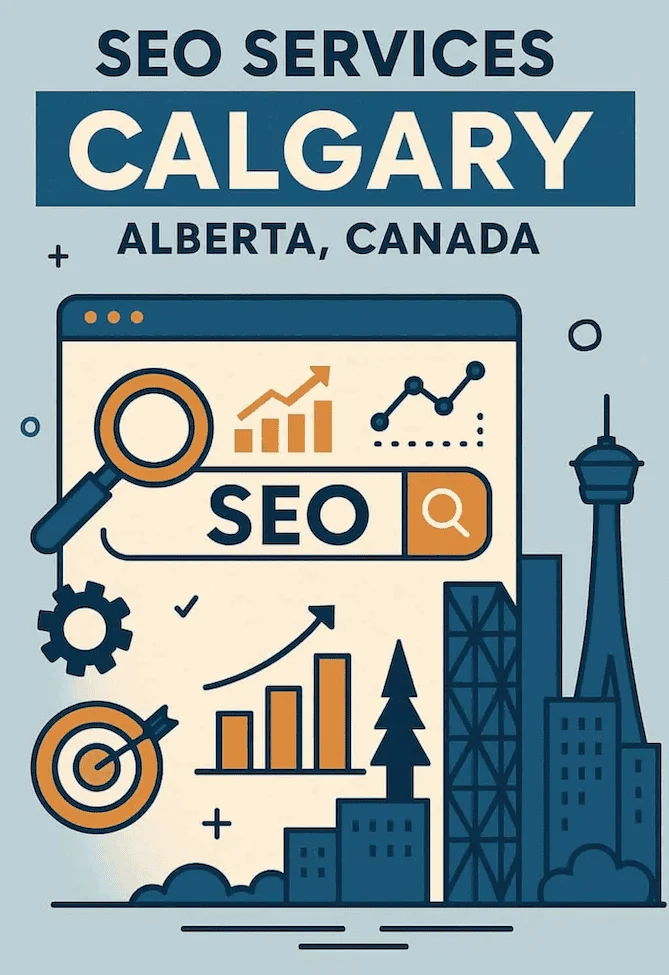
Content Creation Services for Businesses
Outside of blogs, various types of content—videos, infographics, social media posts—are essential to marketing. Content creation services provide:
- Strategic Planning: Positioning content in support of business objectives.
- Creative Development: Developing compelling materials for platforms.
- Performance Analysis: Measuring content performance and optimizing strategy.
Successful content entices and holds customers’ attention, fueling continuous engagement.
Conversion-Focused Marketing Strategies
In the end, the purpose of marketing initiatives is conversion. Applying strategies aimed at this end entails:
- Personalization: Addressing customer needs through individualized messaging.
- Optimized Landing Pages: Creating pages that funnel customers towards specific actions.
- Strong Calls-to-Action (CTAs): Promptly instilling immediate responses.
- Lead Magnets: Providing free, high-quality resources in exchange for contact details.
- Email Nurturing: Continuously communicating with customers to build trust and drive conversions.
Through these tactics, companies can maximize their marketing ROI and grow.
Conclusion
Combining email marketing, SEO, and content creation strategies is necessary for Calgary businesses and contractors looking to grow. By working on these fronts, businesses are able to get a better online presence, communicate with their audience, and gain conversions.

